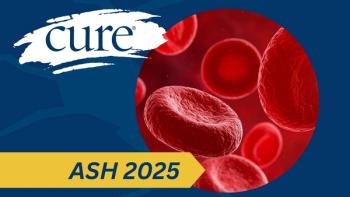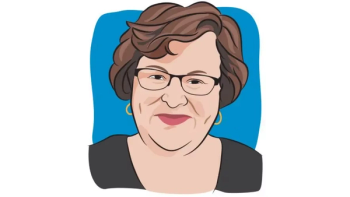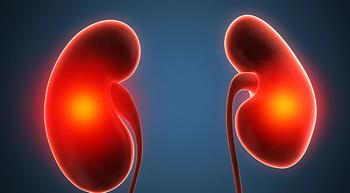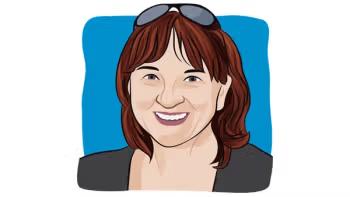One of the last educational sessions on Tuesday night went into detail about oncofertility. I was expecting a talk I've heard before: doctors should inform patients of fertility options and what those options are. Instead, Teresa Woodruff, PhD, of the Oncofertility Consortium at Northwestern University went into so much more.On top of the obvious – not being able to have children - Woodruff mentioned some of the psychosocial issues involving treatment-related sterility, including depression and increased anxiety in adult survivors of childhood cancer, which doesn't just include hopeful parents, but survivors who are entering the dating field – because who wants to start out on a first date with the bombshell of "I can't have kids." While men are able to bank sperm before the start of cancer treatment, women have it a bit more complicated. Freezing embryos often requires a partner (or at least an anonymous donor) and harvesting eggs may not be an option for some patients. Two investigational methods are cryopreservation of ovarian tissue and oocytes, which include removing tissue before initiating cancer therapy and freezing it with the idea that it can be later transplanted back into the patient once they are cancer-free; however, the threat of re-introducing cancer cells is worrisome and it doesn't have a high success rate so far.The Consortium is looking into a technique that grows follicles isolated from ovarian tissue. They're attempting to develop an artificial ovary derived from brown algae to cultivate the follicles. The follicles have been shown (in the lab) to produce hormones, contain oocytes and, in mice models, have produced live births. They've been able to use the method in mice, but humans are much more complex, she acknowledges. There are also a bevy of questions in this field regarding legality, ethics and costs (CURE touches on these topics in "What to Expect When You're Not Expecting – Yet"). These are not simple questions to answer. The first step, though, is knowing that "practice guidelines exist and recommend that the fertility threat associated with cancer treatment be discussed with all young patients," she says, and that "options do exist for men, women and children ... that's right for the patient and time of life." No matter how serious the cancer or how young the patient, the conversation should be approached. And while it may seem like patients should know to ask by now, I still think it's the oncology team to start the conversation and offer options and referrals, if needed. You can find more information on oncofertility on the Oncofertility Consortium's website at myoncfertility.org. It also offers a hotline (866-708-3378) for patients and survivors. There is also a smart phone app to download the patient guide and navigation tool.





